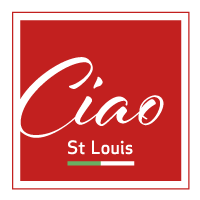Porta Romana Bella is a Milanese folk song dating back to the late 1800s. This song belongs to the kind of the songs of “La Mala” (the little-crime) since its words tell the story of the Milan crime scene, the so called “Ligera”.
The ligera was a crime in rose water until the late 1960s when it then degenerated into a brutal crime with the Cavallero gang.
The greatest exponent of Ligera was Luciano Lutring called the machine gun soloist because he kept his weapons in a violin case. Lutring never killed anyone.
There are many versions of Porta Romana and the one that has gone most into history is that of “I Gufi” (the Owls), carried on by Nanni Svampa.
The verses of the song are many since it was conceived on the metric of the stornello with the improvised verses invented by the various interpreters.
The version of Giorgio Gaber, on the other hand, is a more romantic version, it speaks and sings of a man linked to the “ligera” who, having finished serving a year in prison, discovers that his fiancée is married to another man who gave her more security since not involved in petty crime.
A bit of History:
The “Porta Romana” gate that we see today is the ruin of the monumental arch built by Philip III of Spain in 1596. The famous “bastions” that were completely demolished were incorporated into the Spanish walls.
It was one of the six main gates of Milan which served as an entrance to one of the six historic districts into which the Milanese city was divided in 1600.
Before the Spanish Porta Romana gate, there were two other gates, the medieval one located along the circle of canals at the intersection of the current Via Francesco Sforza with Corso di Porta Romana, and the first gate built in Roman times in the 1st century BC, which was located at the beginning of the current Corso Italia.
At the time of the Romans, here was erected the “Via Porticata” a covered street, along the “Decumanus”, full of arcades. The Decumanus was the main road from east-west of the roman camps and towns, while the “Cardo maximus” was the road built to connect north-south.
Video: Porta Romana
Un abbraccio/ a big Hug
Marcus Dardi
